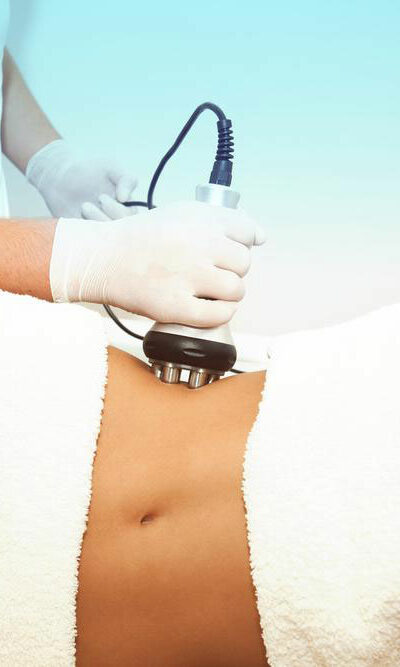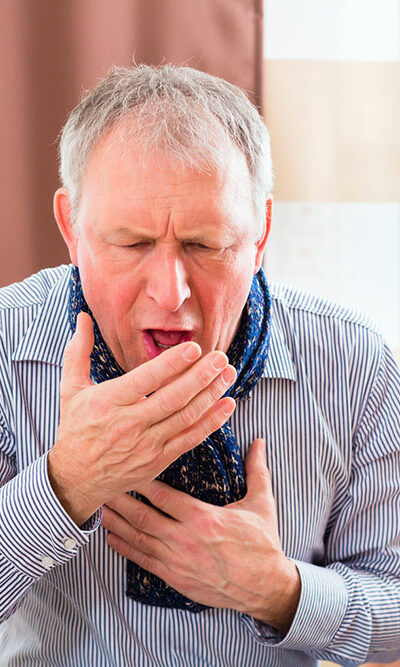
Effective Treatment Options for Cellulite
There is a network of connective-tissue strands present beneath the skin that holds the fat in place. These are known as septae. In case the septae become loose, which often happens due to genetics, the fat begins to bulge out, creating unsightly ripples on the skin’s surface. This is known as cellulite. Cellulite can affect various areas of the body such as the thighs, booty or stomach. It doesn’t matter whether you are size zero or close to becoming obese, cellulite can occur in anyone. Also, it is more common in women than in men. The wide occurrence of this has led to the advent of many cellulite treatments. All these treatments can help in making the unpleasant skin dimpling less noticeable. Here, we have listed some of the best and most effective cellulite treatments. Some effective cellulite treatments Cellfina ® This is the first and perhaps the only FDA-approved minimally invasive cellulite treatment that is shown to reduce the appearance of cellulite for a minimum period of 2 years. The treatment can be easily performed at one’s dermatologist’s office. In this, the specialist uses a distinctive needle-sized device to cut out a section of septae that holds the body’s fat together to smooth out dimpling. This is a one-step procedure that offers visible results in about a week. The results last for up to 3 years. The only downside of this treatment is that it is expensive. VelaShape This is another non-invasive and effective cellulite treatment option that makes use of a handheld device that emits infrared light rays and bi-polar radio frequency energies to contour the body and reduce fat layers. The process involves gently heating the fat cells and the surrounding tissues to minimize the appearance of cellulite. In this, the results begin to appear after four treatments.










